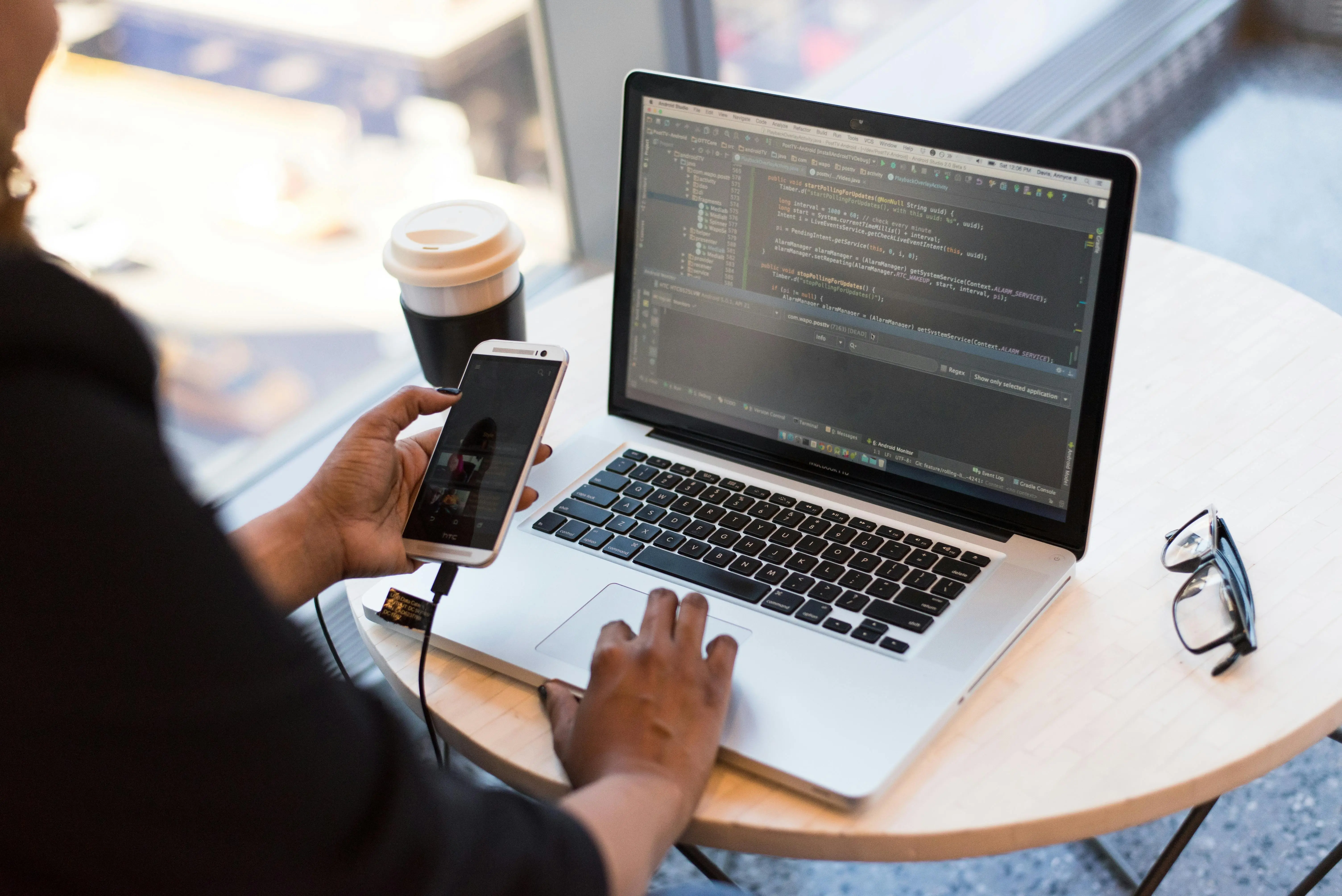Understanding Mobile App Technology
Before diving into mobile app patents, let’s define mobile app technology. It includes:
- User Interface (UI) & User Experience (UX) : Innovative designs, gestures, layouts, and interactive features that make apps intuitive and engaging.
- Workflows & Processes: Unique methods for completing tasks efficiently, like booking, payment processing, or data management.
- Algorithms: Powerful code that drives app functionality, personalization, or predictive features.
- Integrations: Novel ways to connect apps with APIs, IoT devices, wearables, or cloud systems.
When your mobile app technology offers something new, useful, and technically advanced, it’s a strong candidate for patenting mobile apps.
What Is a Patent and Why It Matters
A mobile app patent grants exclusive rights to your invention, giving you the legal power to protect and monetize it. For mobile app technology, patents help you:
- Safeguard Innovation – Keep competitors from copying your unique features or UI interactions.
- Enhance Credibility – Show users, investors, and partners that your app technology is innovative and legally recognized.
- Create Competitive Advantage – Stand out in the crowded app marketplace with patented technology.
- Open Monetization Opportunities – License or sell your patented methods for additional revenue.
Patents are not just legal protections—they are strategic business assets that position your mobile app technology as a market leader.
Why You Should Patent Your Mobile App Technology
Patenting your mobile app technology is a proactive and positive step toward long-term growth. Here’s why:
- Exclusive Ownership – Only you control your patented mobile app technology. This ensures your hard work is fully protected.
- Market Differentiation – A patented feature or interface makes your app stand out. Users are drawn to apps that feel innovative and unique.
- Investor Confidence – Investors love intellectual property. A patented mobile app technology increases your startup’s credibility and valuation.
- Revenue Potential – Patents can be monetized through licensing deals, partnerships, or even acquisition opportunities.
- Brand Authority – Patents position your app as a trendsetter in mobile innovation, boosting your reputation and trustworthiness.
- Long-Term Business Value – A patent transforms your app technology into a tangible asset, providing security and potential for strategic growth.
What Parts of Mobile App Technology Can Be Patented?
For developers wondering how to patent an app, patents focus on concrete innovations, not just ideas. Patentable elements include:
1. User Interface (UI) Innovations
- Gestures & Interactions – Swipe-to-unlock, pinch-to-zoom, and slide-to-answer are examples of patented gestures.
- Layouts & Navigation – Novel ways of presenting information or organizing content.
- Visual Effects – Unique animations, transitions, or interactive visuals.
2. Workflows & Processes
- Task Optimization – Reducing steps for completing actions in an app.
- Automation – Processes that improve efficiency, like automatic content organization.
3. Algorithms
- Data Processing – Innovative ways of filtering, sorting, or analyzing data.
- AI-Powered Features – Personalization, predictive suggestions, and intelligent automation.
4. Integrations & Technical Connectivity
- Device Interactions – Syncing with wearables, IoT devices, or cloud platforms.
- APIs & External Systems – Unique methods of connecting and communicating with third-party systems.
The key is novelty, utility, and non-obviousness. If your mobile app technology solves problems in a fresh way, it’s patentable.
Famous Examples of Patented Mobile App Technology
Several iconic UI innovations demonstrate the power of patenting mobile app technology:
- Apple’s Swipe-to-Unlock A simple yet revolutionary gesture that changed smartphone interactions.
- Apple’s Slide-to-Answer Call Interface An intuitive sliding motion to accept or decline calls, protected as a design patent.
- Samsung’s Multi-Touch Gestures Pinch-to-zoom, and swipe gestures enhanced touch-screen usability.
- Google’s App Drawer Design Organizing and accessing apps in a visually structured interface.
- Apple’s Cover Flow UI 3D scrolling interface for browsing media, patented for its unique visual interaction.
These examples show how patenting mobile apps can safeguard unique innovations.
The Future of Mobile App Technology Patents
- AI-Powered Apps – Personalized recommendations and predictive engines.
- AR/VR Interfaces – Gesture-based and immersive UI patents.
- Wearables & IoT Integration – New methods of synchronization and interaction.
- Blockchain Apps – Patents for decentralized and secure mobile processes.
The future is bright: mobile app technology innovation is accelerating, and patent protection will be more valuable than ever.

